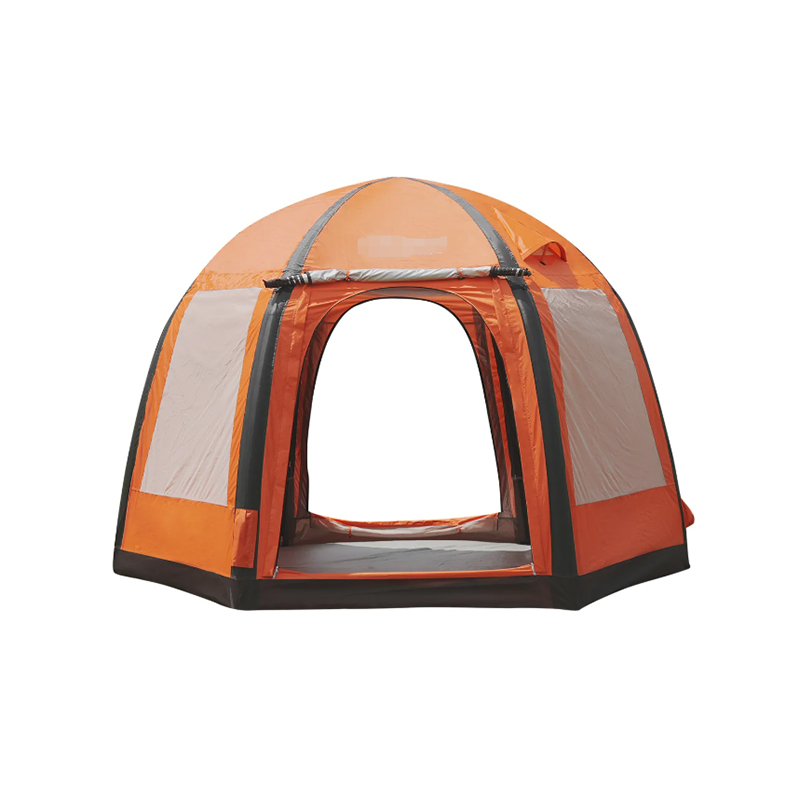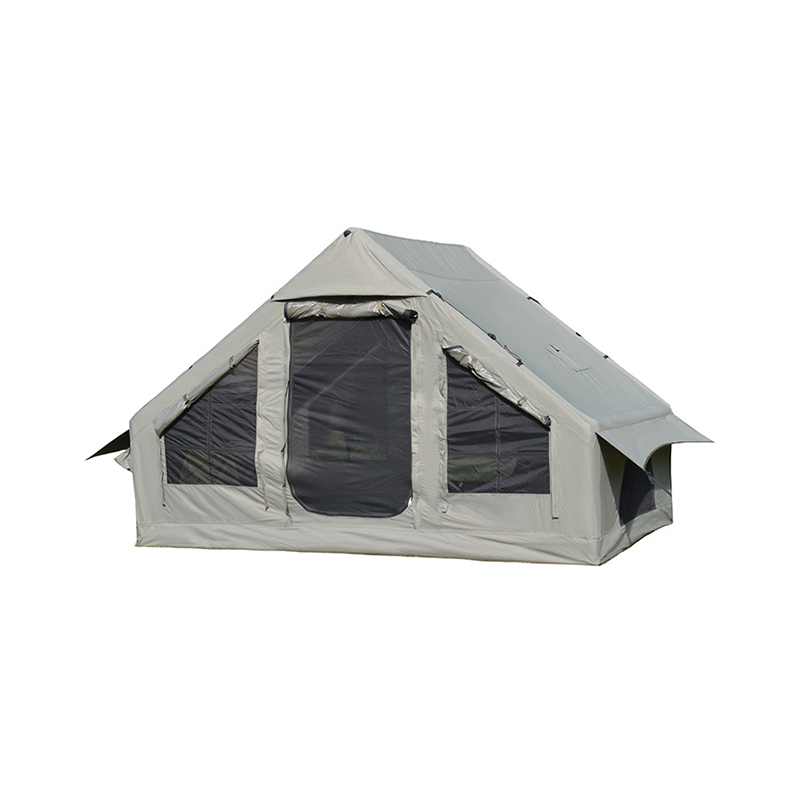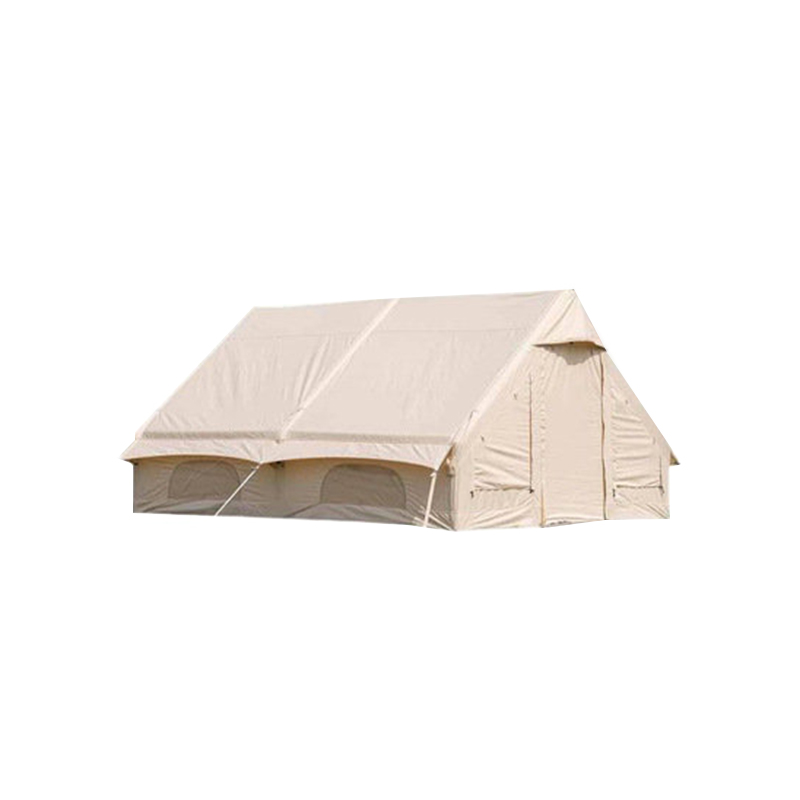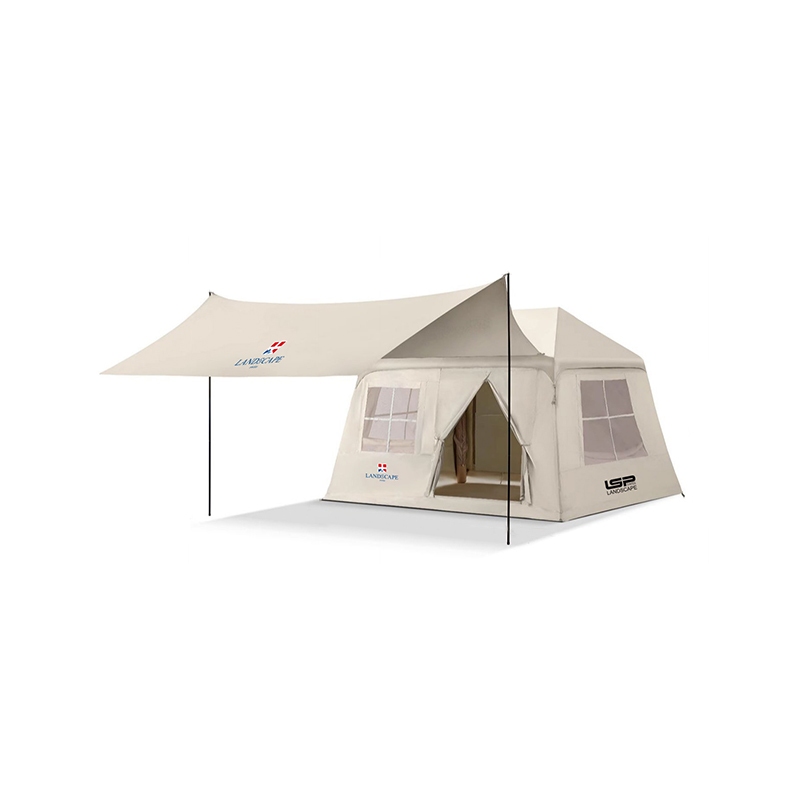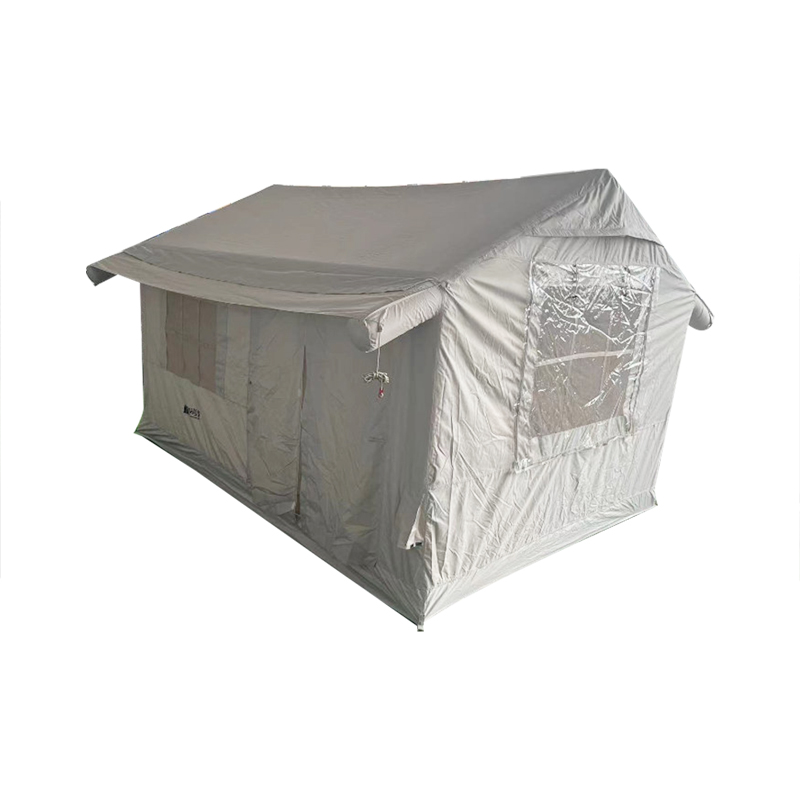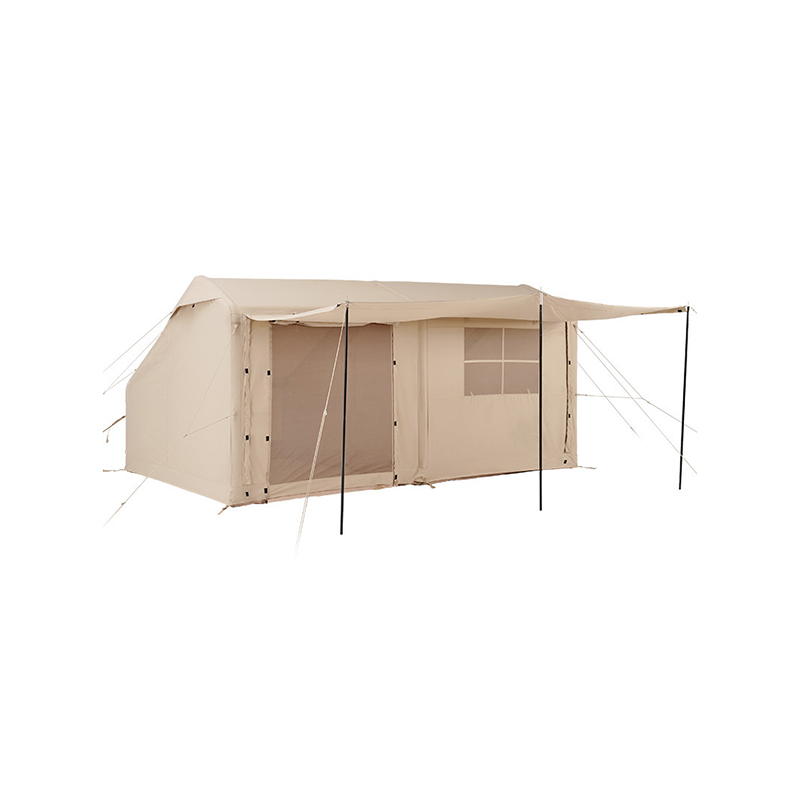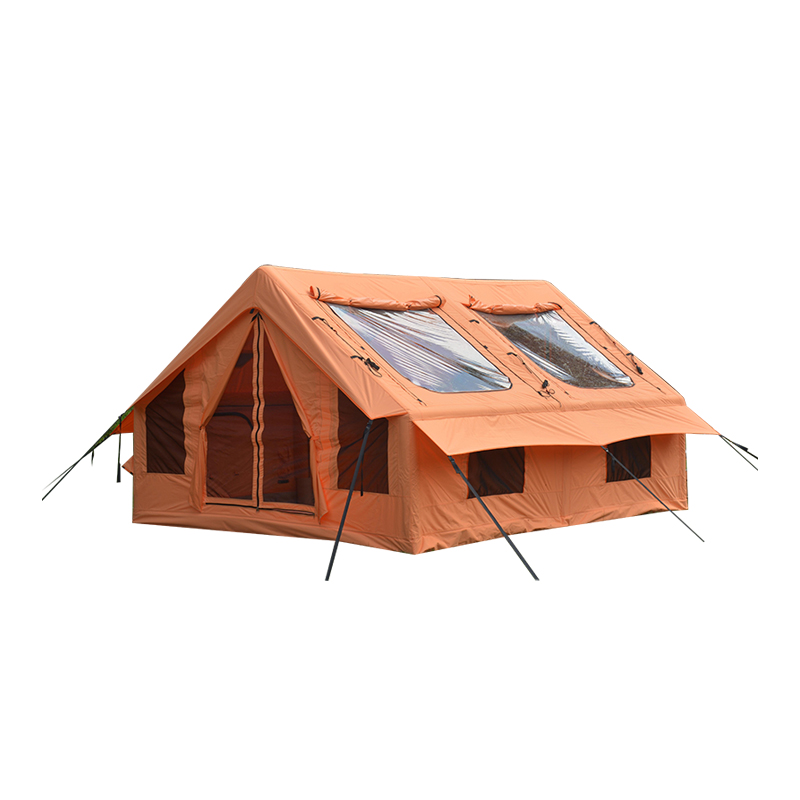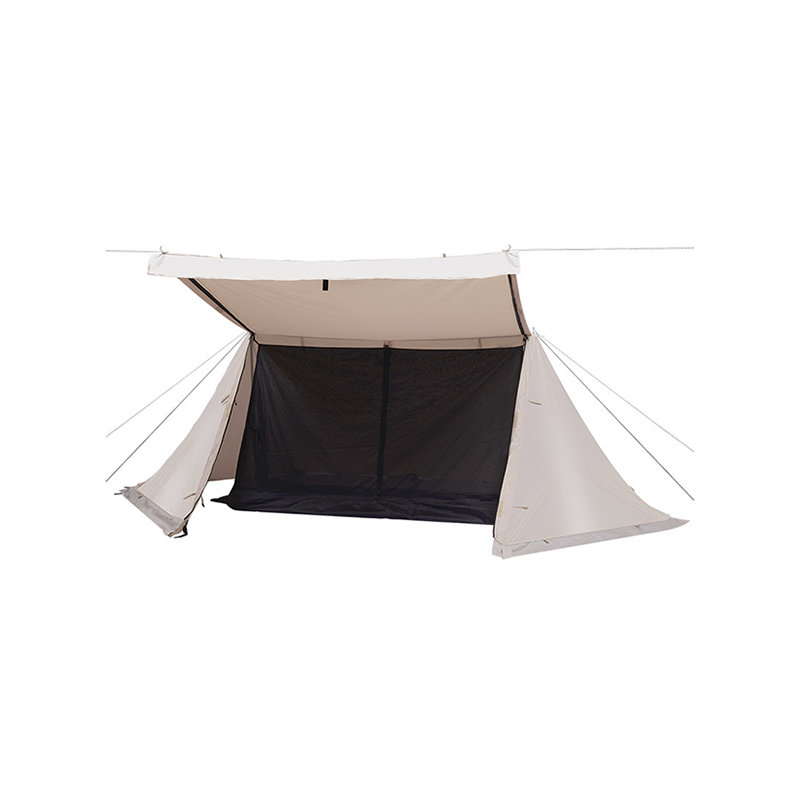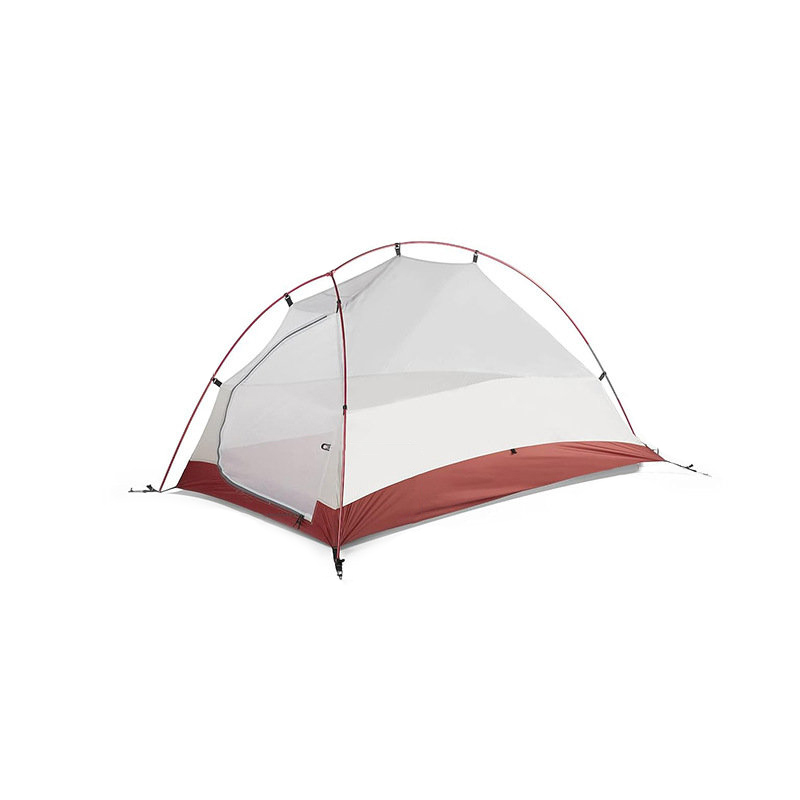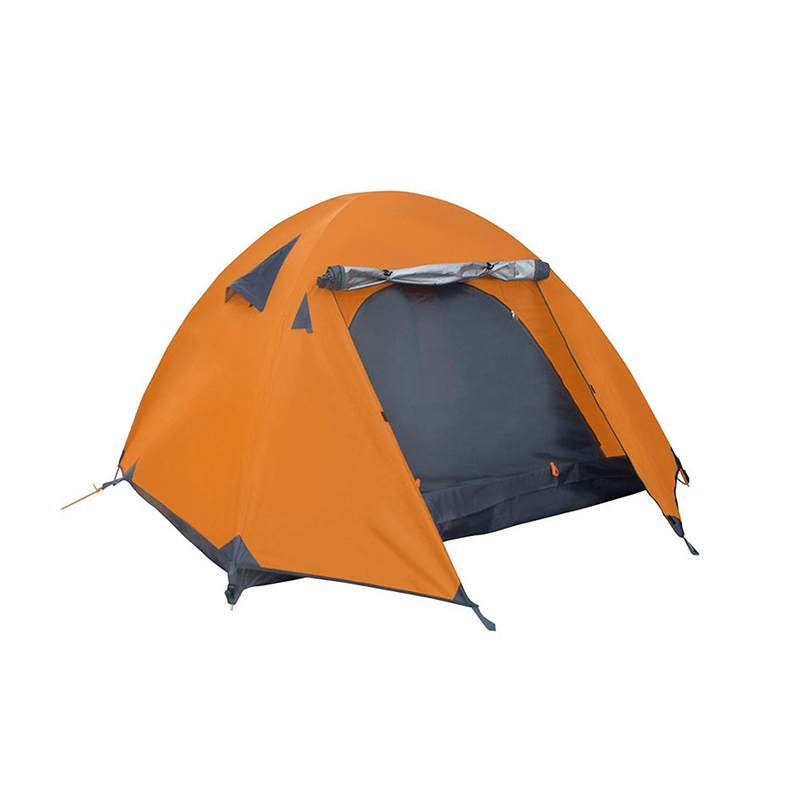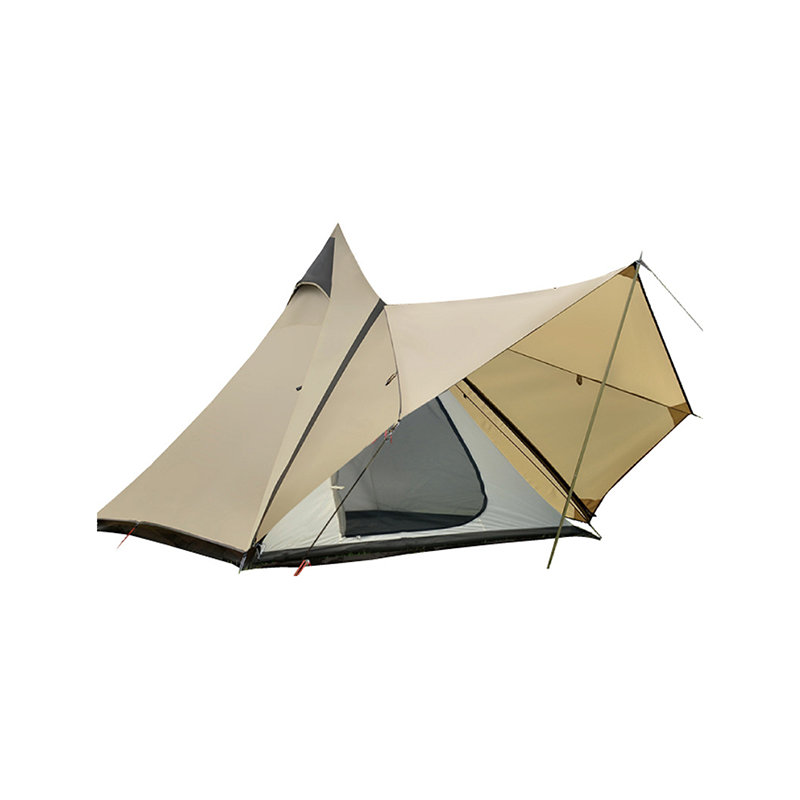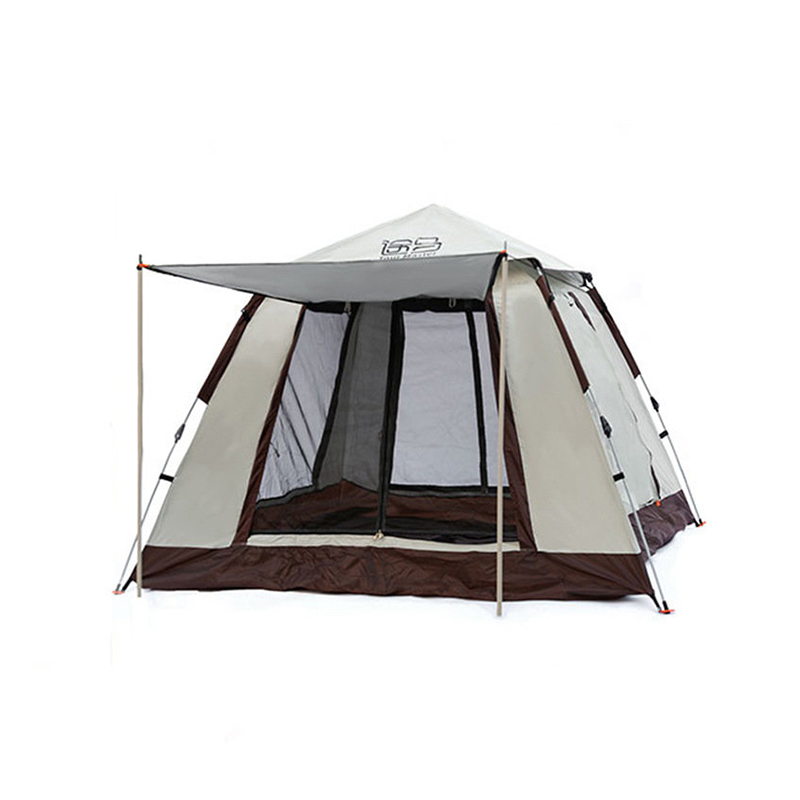Strategically Placed Vents and Openings
Proper ventilation is essential in preventing condensation buildup inside a hunting blind, especially in humid or wet conditions. Ventilation features are often incorporated into the design of the blind, enabling consistent airflow and reducing moisture accumulation.
-
Passive Airflow Design: Hunting blind kits often incorporate ventilation openings or mesh panels located at various points, including the top, sides, and bottom. These vents allow air to naturally flow through the structure, promoting passive ventilation that helps maintain a balance between temperature and humidity inside the blind. The strategic placement of these vents ensures that moist air can escape and that fresh air circulates through the blind, helping to prevent condensation that might otherwise form on the fabric or interior surfaces.
-
Adjustable Vents: Many hunting blinds feature adjustable vent flaps that can be opened or closed, depending on the level of ventilation required. For example, when hunting in humid weather, the vents can be fully opened to increase airflow, while in colder conditions, they can be partially or fully closed to preserve warmth. This adjustability ensures that users can control the internal environment and optimize airflow according to specific needs, reducing the risk of moisture buildup inside.
Moisture-Wicking and Breathable Materials
The choice of materials used in the construction of the hunting blind is crucial in ensuring that moisture doesn’t accumulate inside the structure. Certain materials have built-in moisture-wicking and breathable properties that actively work to manage internal humidity levels.
-
Water-Resistant Outer Fabric: The outer fabric of the hunting blind is usually made from water-resistant or waterproof materials, such as polyester or ripstop nylon, which prevents external moisture from entering the blind. These materials keep rain or heavy dew from seeping inside, which helps maintain a dry internal environment. By keeping the outside of the blind dry, it reduces the likelihood of external moisture combining with the humidity inside the blind and forming condensation.
-
Breathable Inner Fabric: Inside the hunting blind, manufacturers often use breathable fabrics that allow moist air to escape while still providing protection and privacy for the hunter. Fabrics like mesh linings or polyester blends help the air inside the blind circulate freely, reducing the buildup of condensation caused by trapped humidity. The breathability of the inner lining ensures that moisture from body heat, breath, or equipment can evaporate rather than condense, creating a more comfortable environment inside the blind.
Elevation and Ground Clearance
An often overlooked feature of many hunting blind kits is the elevation of the blind off the ground. By raising the blind above the ground surface, several key benefits are achieved that directly impact moisture control.
-
Raised Floor Design: Many hunting blinds are designed with a slight elevation above the ground to help improve airflow underneath the blind. This added height prevents water accumulation beneath the blind, reducing the chances of humidity rising up into the structure. By lifting the blind off the ground, airflow underneath is enhanced, keeping the interior drier and reducing moisture buildup that could contribute to condensation.
-
Mesh Ground Skirts: Some models incorporate a mesh skirt that runs along the bottom perimeter of the blind. This feature encourages air circulation around the base and allows air to flow through the fabric while still providing concealment from the outside. This helps to prevent the buildup of stagnant, humid air that can increase internal condensation levels.
Humidity Control Features
To better manage humidity and prevent condensation buildup, some premium Hunting Blind Kits are designed with built-in moisture control features that further enhance internal air quality and reduce moisture levels.
-
Moisture Absorbing Materials: High-quality hunting blinds often feature internal moisture-absorbing materials, such as specialized liners or desiccant fabrics. These materials help to absorb excess moisture from the air, reducing the relative humidity within the blind. By actively drawing moisture away from the air, these materials prevent condensation on interior surfaces and contribute to a drier, more comfortable environment.
-
Desiccant Pouches: In some hunting blind kits, desiccant pouches (like silica gel) are included as part of the package. These pouches are designed to absorb excess moisture and are particularly useful in high humidity environments. Users can place them inside the blind to maintain a low moisture level, preventing issues such as condensation, mold, and mildew that can arise in wet conditions.
Airflow-Optimizing Frame Design
The frame design of the hunting blind is just as important as the materials used in controlling ventilation and reducing condensation. The structure of the blind can be optimized to improve internal airflow and ensure proper moisture evacuation.
-
Tall and Open Frame Design: Some hunting blind kits feature higher frames, providing additional vertical space for air to circulate within the blind. This space allows moisture to rise and escape through the vents or openings at the top of the blind, reducing the risk of condensation settling on lower surfaces. An open-frame design ensures that the internal airflow is maximized, which is key for maintaining proper ventilation and preventing moisture buildup.
-
Hub-Style Frames: Hub-style blinds, known for their easy setup, often come with open mesh panels that allow for increased airflow while maintaining concealment. These hubs also allow air to travel freely across the interior, minimizing areas where moisture can accumulate. Their compact design facilitates quick setup while ensuring that the blind remains stable and well-ventilated.



 English
English 中文简体
中文简体